The five most iconic devices to use MIPS CPUs
Love them or hate them, 'listicles' are here to stay. Last month, TIME assembled a team of journalists to compile the ultimate tech catalogue counting down 50 of the most influential gadgets of all time. That got me walking down memory lane so I put together a list of five of the most iconic products to use MIPS. By Alexandru Voica, Senior Marketing Manager, Imagination Technologies.
Vote in the poll to determine which is the most iconic here.
SGI Indigo (MIPS R3000)
The SGI Indigo was a line of workstation computers created by Silicon Graphics (SGI). The first system was announced in July 1991 and used a 32-bit MIPS R3000A CPU soldered on the IP12 processor board and clocked at frequencies up to 40MHz.
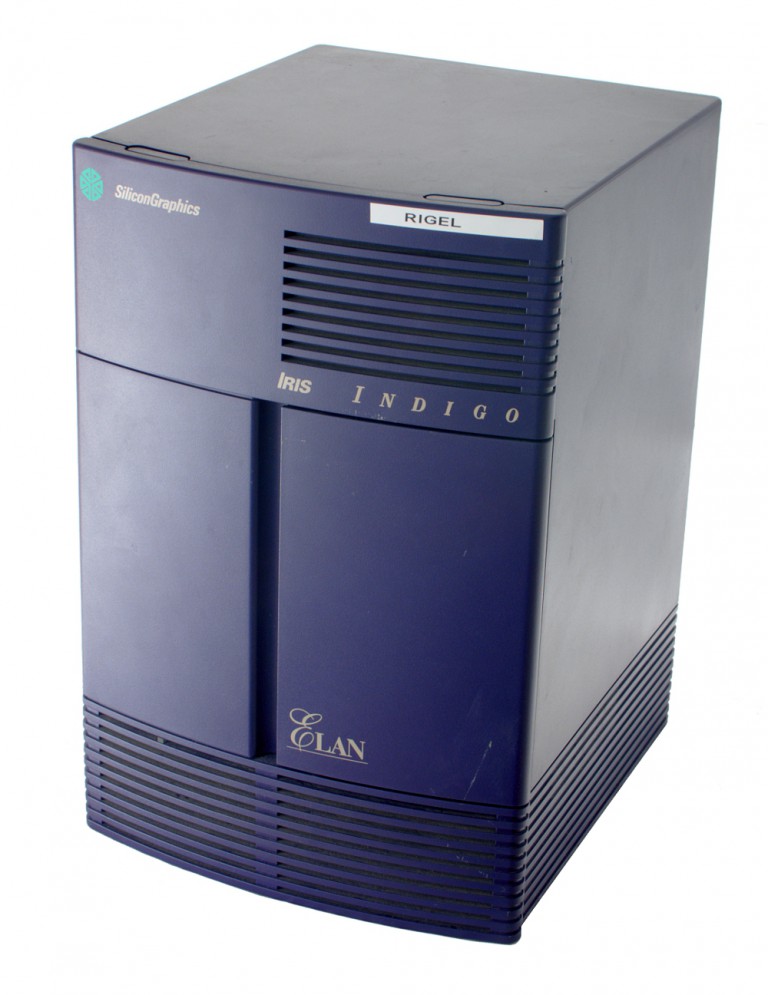
The Indigo quickly established itself as the go-to graphics workstation for hardware-accelerated 3D graphics rendering; SGI Indigo machines were used by Hollywood studios to render special effects for blockbusters like The Abyss, Jurrasic Park or Terminator 2: Judgement Day.
Sony PlayStation (MIPS R3000 CPU)
The original Sony PlayStation was released in 1994 and integrated a 32-bit MIPS R3000A CPU clocked at 33.86MHz. The console was universally praised for the quality of its 3D graphics and established Sony as a major player in the home entertainment market.
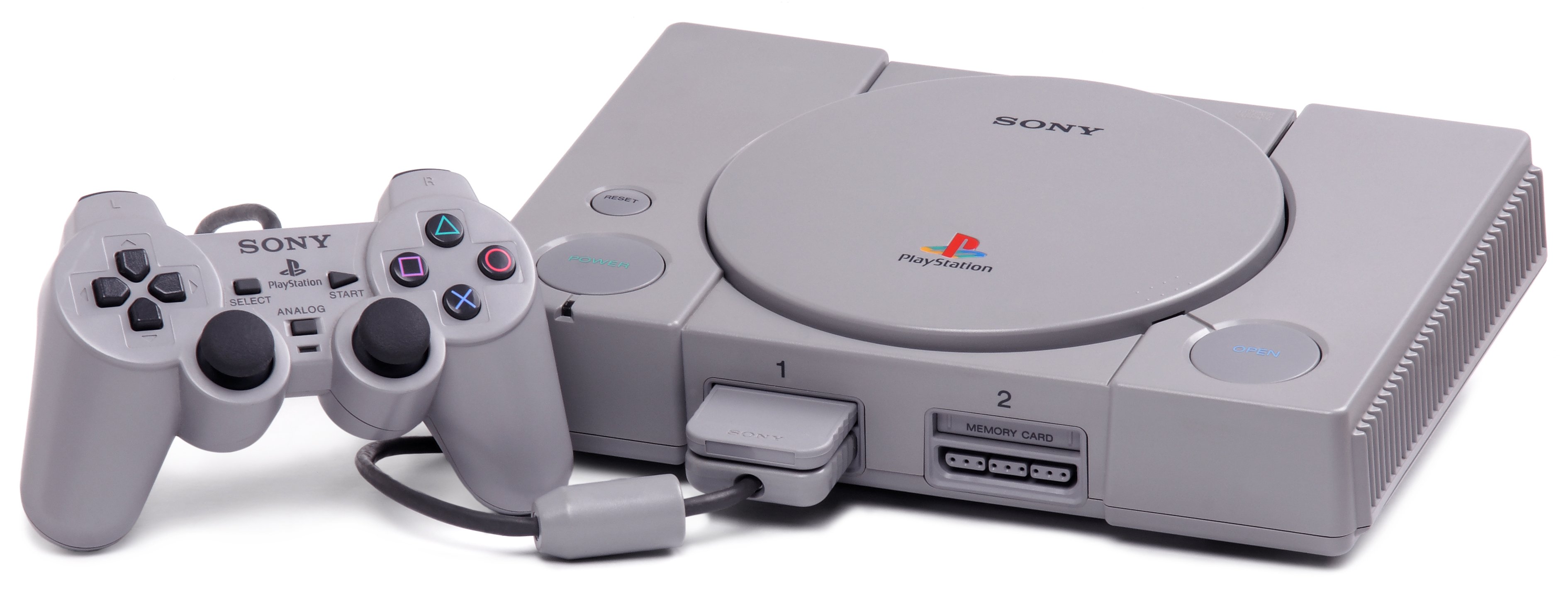
The PlayStation is such a classic that words can’t even begin to describe how much this console means to gaming enthusiasts around the world.
Nintendo 64 (MIPS R4300i CPU)
Released in June 1996, the Nintendo 64 was the first major home console to use a 64-bit processor (hence the name) and the last to employ the cartridge as its primary storage format. The Nintendo 64’s CPU was the NEC VR4300 based on a MIPS R4300 microchip, running at 93.75MHz and delivering 125MIPS (Million Instructions Per Second) of raw performance.
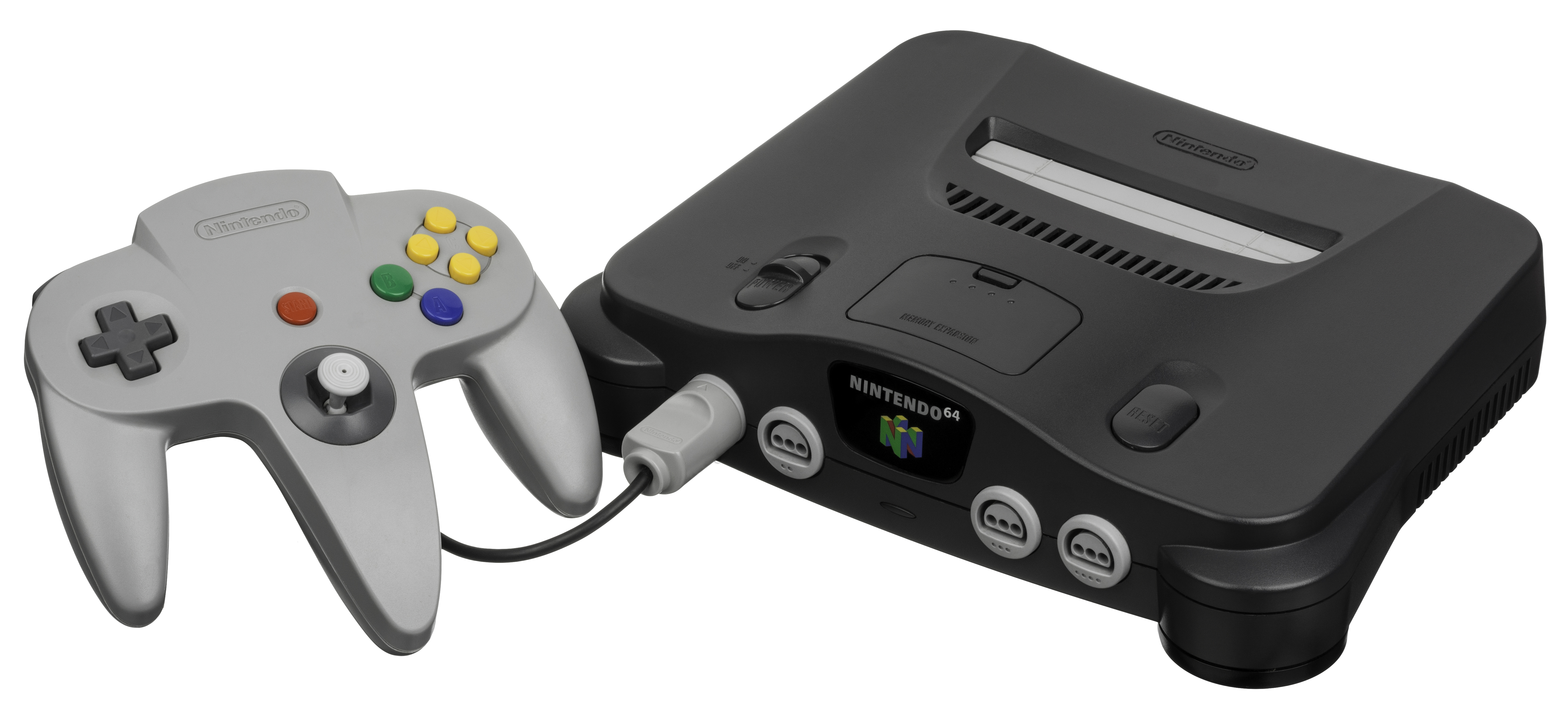
Popular benchmarks revealed the hardware had similar computational capabilities to the Pentium processors found in the desktop computers of that time.
NEC Cenju-4 (MIPS R10000 CPU)
The NEC Cenju-4 supercomputer was announced in 1997. The machine featured a unique dual memory architecture, consisting of distributed memory with a user-level messaging function and distributed shared memory with cache coherency control. Cenju-4 integrated 8-1,024 MIPS R10000 CPUs connected with a multistage network that had multicast synchronisation functions.
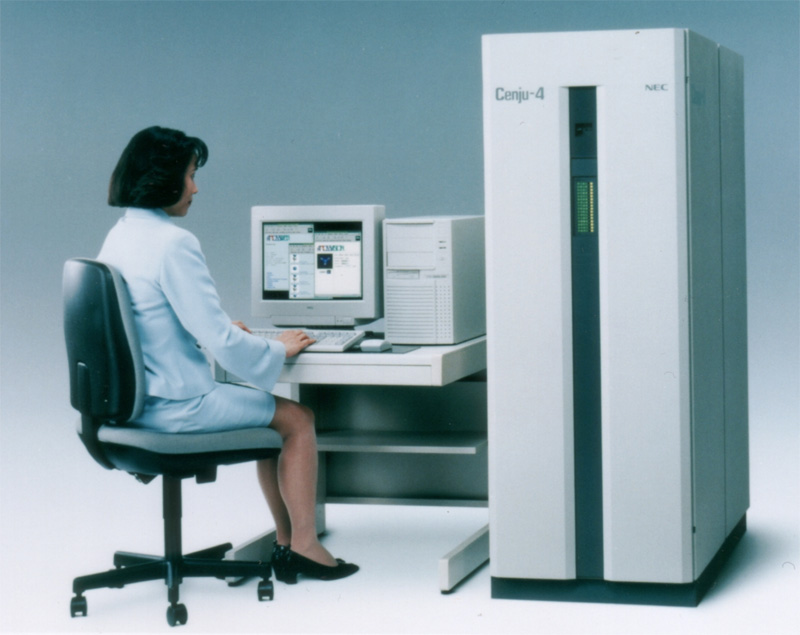
The Cenju-4’s DE4 operating system was based on the MACH microkernel which was developed in a modular fashion, allowing users to implement additional functionality.
Tesla Model S (MIPS I-class CPU)
The Tesla Model S is a full-sized, all-electric five-door liftback that currently holds a perfect score of 5.0 in the NHTSA automobile safety rating tests. Elon Musk introduced the Model S as “a very sophisticated computer on wheels”, adding that Tesla is “a software company as much as it is a hardware company. We view this [updating the car’s functionality] the same as updating your phone or your laptop.”
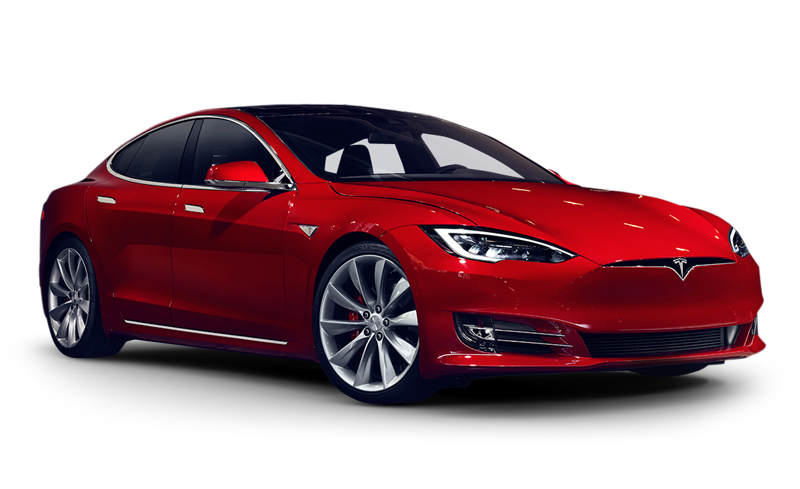
Model S cars manufactured after September 2014 come equipped with a range of devices designed for autonomous operation, including a windshield-mounted camera, a radar in the lower grill and ultrasonic sensors in the front and rear bumpers. In addition, the cars integrate a high-performance, MIPS-based Mobileye EyeQ3 computer vision chip that allows the Model S to detect road signs, lane markings, obstacles and other vehicles. This combination of sensors and computer vision hardware enables semi-autonomous driving and parking capabilities, including the Autopilot feature that allows hands-free driving on highways.









